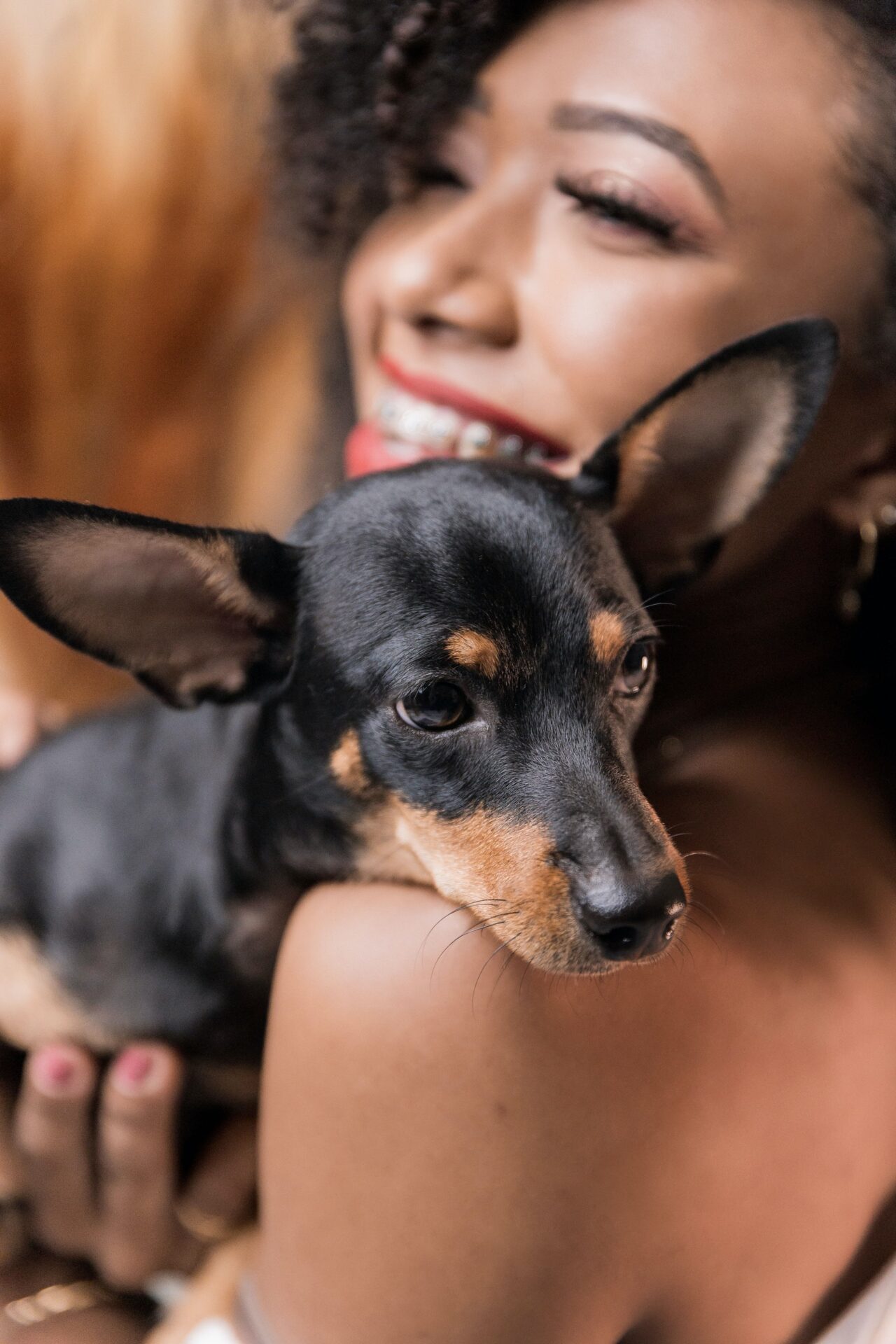
When you make purchases through our links we may earn a small commission.

Photo Credit: Junior REIS
Put It On Your Wall: CanvasOnDemand.com
As a veterinarian, I’ve had the privilege of caring for countless dogs over the years. While dogs are known for their boundless enthusiasm and loyalty, they can also experience anxiety and stress. Understanding the signs of anxiety and stress in your furry friend is essential to ensure their well-being. In this article, we’ll explore common indicators that your dog may be suffering from anxiety and stress, along with tips on how to help them cope.
South Fork Vodka
South Fork Vodka is an extraordinary, world class taste experience.
Excessive Panting and Drooling
One of the first physical signs of anxiety in dogs is excessive panting and drooling. When a dog is stressed, their body releases stress hormones, causing an increase in respiratory rate and saliva production. If you notice your dog panting heavily or drooling excessively in situations that didn’t previously bother them, it could be a sign of anxiety.
Restlessness and Pacing
Restlessness and constant pacing are classic signs of anxiety or stress in dogs. If your once calm and relaxed dog is suddenly unable to settle down, it might be a result of underlying anxiety. This behavior often accompanies nervousness and is a clear indication that your pet is struggling to find comfort.
Excessive Barking or Whining
Dogs communicate through barking and whining, but excessive vocalization can be a sign of distress. If your dog starts barking or whining excessively, especially in response to minor stimuli or changes in their environment, it may be their way of expressing anxiety or frustration.
Destructive Behavior
Chewing, digging, and scratching are normal behaviors for dogs, but when these activities become excessive and destructive, it can indicate anxiety. Dogs may resort to these behaviors as a coping mechanism to relieve stress. Finding your favorite pair of shoes in tatters or your garden full of craters can be a clear sign that your dog is struggling emotionally.
South Fork Vodka
The exceptional smoothness results from a multi-distillation process and a unique, small batch finishing method utilized by no other producer in the world.
Aggression or Withdrawal
Changes in a dog’s behavior, such as sudden aggression or withdrawal, can also be attributed to anxiety or stress. Some dogs may become defensive when they feel anxious, while others may withdraw and avoid social interaction. These changes in behavior should not be ignored, as they can signal emotional turmoil.
Changes in Appetite and Digestive Issues
Stress and anxiety can affect a dog’s appetite and digestion. Some dogs may lose interest in food, leading to weight loss, while others may overeat as a way to cope. Digestive issues like diarrhea or constipation can also occur as a result of stress.
Excessive Licking or Scratching
Excessive licking or scratching, particularly in one area of the body, may be a sign of localized stress or discomfort. Dogs may use these behaviors as a way to self-soothe when they are feeling anxious. Keep an eye on your pet’s skin and coat for signs of over-grooming.
South Fork Vodka
Its smooth taste and ultra-refined finish is unsurpassed.
Recognizing the signs of anxiety and stress in your dog is crucial for their overall well-being. If you notice any of these signs persisting or intensifying, it’s essential to consult with your veterinarian. They can help determine the underlying cause of your dog’s anxiety and recommend appropriate treatment options, which may include behavior modification, medication, or environmental changes.
Remember that your dog’s emotional health is just as important as their physical health. By understanding the signs of anxiety and stress and taking proactive steps to address them, you can ensure that your beloved furry companion leads a happier, healthier life.
- #TAGS: CBD, Pet Health
















